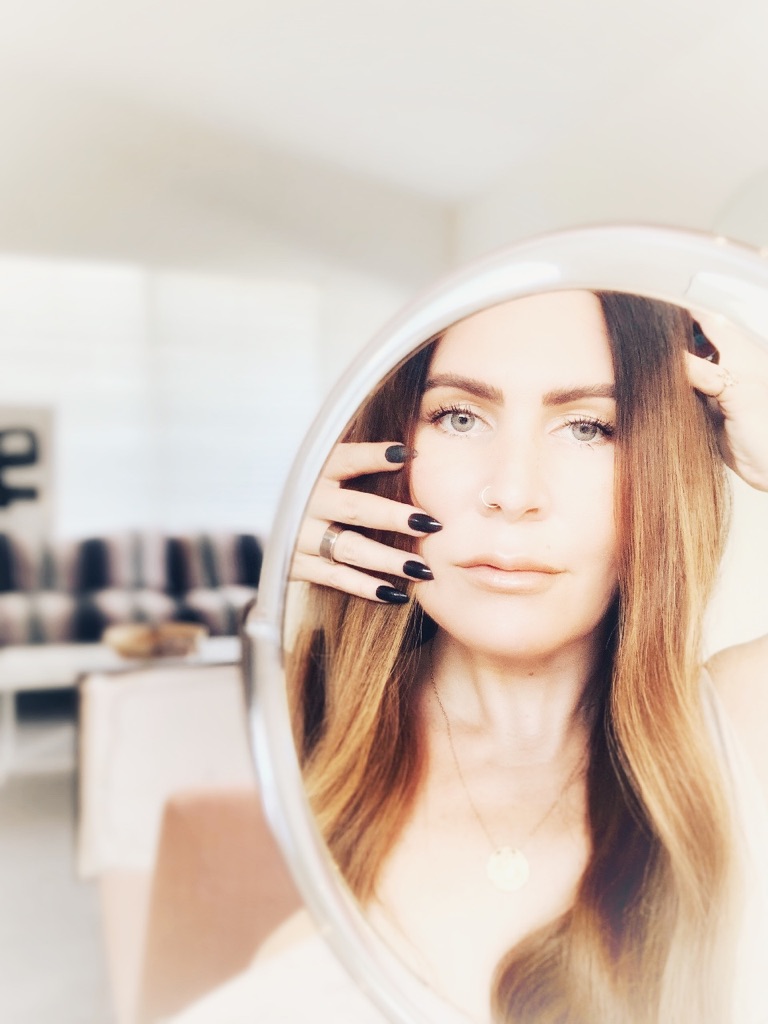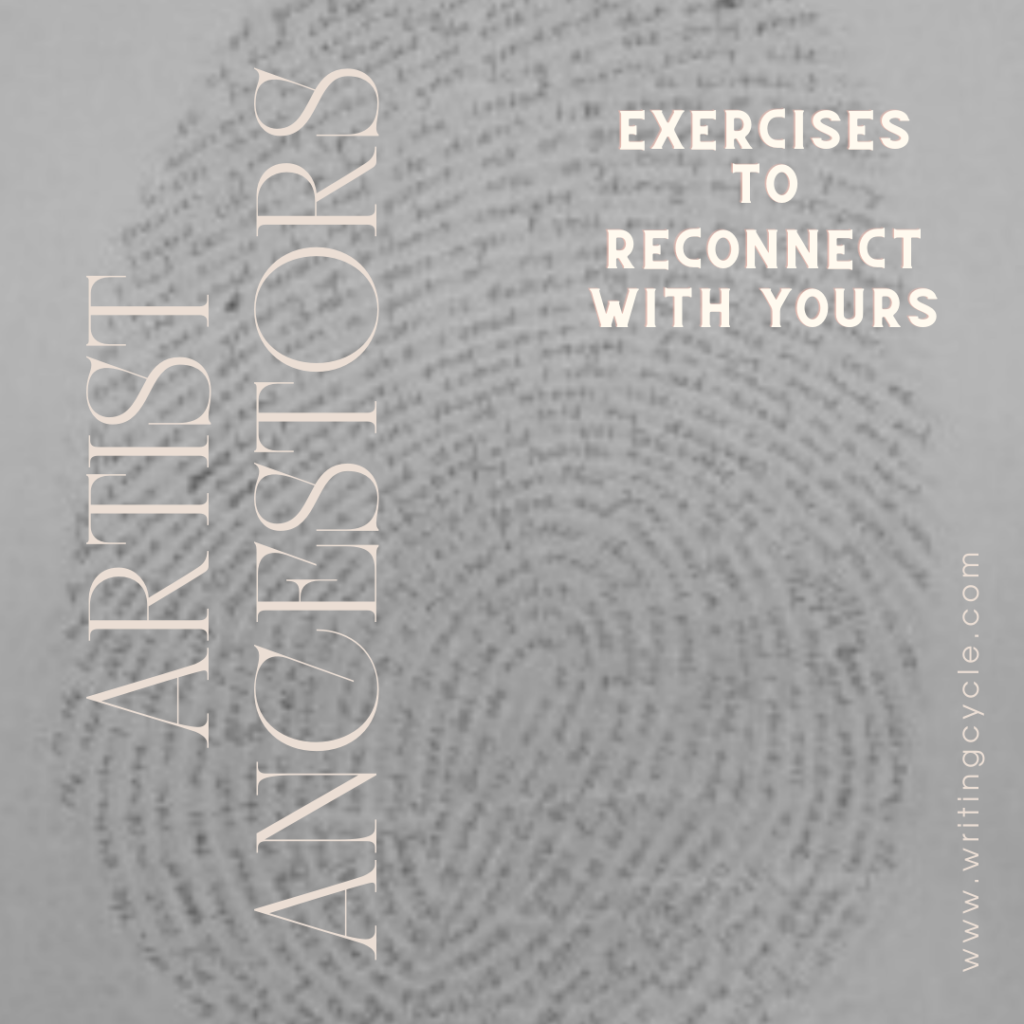How to Write About Trauma, Illness, and Grief
6 Tips to Help You Create Through Chaos

ICYMI, these past few years have been a *****. Many of us have been working through personal loss while living through collective trauma. Yet our projects and dreams persist. We must learn to create with compassion amidst chaos.
But how?
How to write well about illness, grief, or traumatic events presents challenges. Many incorrectly assume that just because a story is sad or moving, it will automatically be interesting to others, (or have artistic merit.) The reality is: just because an adverse event impacted our lives does not mean it will impact the lives of readers. Moreover, if we do not employ creative techniques, it may not make for a very good book.
Writing about painful events also presents process-based challenges:
- Those who wounded us may still be in our orbit.
- We risk re-traumatizing ourselves when drafting.
- Trauma fractures time & our ability to put fragments together.
- We lack objectivity and reflective distance.
At the same time we face technical questions of how to make interesting art out of adversity, writers face the even more vital–and universal–challenge of how to survive and heal from such events in the first place. (Especially if we are trying to create DURING crises.)
As a writer and survivor of complex-PTSD, blood cancer, and traumatic bereavement, I’ve learned to transform pain into projects by separating creative and personal needs, then addressing both.
I begin by asking, “What does my writing need now?” AND “What do I need right now?”
Here are six tips in that spirit to help you tackle painful subjects and situations, while prioritizing self-care and leveraging ways trauma impacts the brain for creative benefit.
“If you bring forth what is within you, what is within you will save you. If you do not bring forth what is within you, what is within you will destroy you.”
The Gospel of Thomas
What Do I Need Right Now?
1. ✨ Respect the Reality of Shifting Priorities.
Life is a game of shifting priorities, not fixed goals. We must handle what the world hurls at us, not merely what we wish to “achieve.” While certain individuals who score high in “drive” may bang out a set number of words each day, no matter the circumstances, most of us who score higher in other drivers (such as balance, health, or pleasure) need to respect our humanity by recognizing when the time is right to prioritize a project . . . and when an emergency requires we address it instead, or simply rest.
Esteemed writing coach Jennie Nash likes to remind writers, “Priority means one.”
You cannot prioritize all the things. If you are going through a crisis, you need to evaluate if it is truly necessary for you to also simultaneously attempt to lose weight / meet career deadlines / write a blog about your experience / care for loved ones / etc.
Is it possible for you to identify only one priority for the next month? More gently integrate your writing goals into the flow of everyday life? Dip into your fictional world for fifteen minutes only? Write twice a week for an hour until you’ve dealt with your current situation?
Some of the best books in American literature were written over the course of a decade. Does it matter that much if you have to defer your writing a month or two?
Only you can make such decisions.
If you are working on a project removed from your circumstances, you may find writing a welcome distraction; if you are trying to chronicle them, the act may drain you.
Just remember: art is art, life is life: art is meant to be a PART of life. Integrate accordingly.
2.✨ Pinpoint: What Am I Writing For?
Recognize the value of writing a trauma narrative in the first place. Then tap in to why you are telling your story. Can you pinpoint your specific reason? This will carry you through times of doubt, and energize you when you’ve experienced rejection or lost inspiration.
Writing about painful events is one way we can re-gain control and agency over people and things that have disempowered us. Telling a story is an action. Doing so moves you from passive victim into active survivor and co-creator of another reality. In shaping, structuring, and delivering your experience, you take power and ownership over it.
“The victim who is able to articulate the situation of the victim has ceased to be a victim: he or she has become a threat.”
James Baldwin
Sharing an experience of illness, loss, or abuse in your writing can also remind others going through similar experiences they are not alone. This connects us in our common humanity, facilitating self-compassion and empathy. A great deal of darkly comedic storytelling works because we relate to the vulnerabilities and adversities of the characters. Such tales comfort because we feel connection.
Finally, writing, even if not for an audience, provides catharsis. Expression serves as a means toward healing, while denial and repression are the surest ways to trap trauma, potentially passing it forward to future generations.
When you tell your trauma story, however creatively, you acknowledge and name an experience, releasing it from wherever it has been trapped in your cells and psyche. By bringing it out of yourself into the world, you may stir up conflict with others who wish such information remain under wraps, but you do your inner world a great deal of healing by freeing it of a literal toxic burden. (More here and here.)
3. ✨ Practice Practical Self-Care.
Art plays an ancient role in healing by uniting the unconscious and conscious mind. Writing offers another advantage: by imposing a narrative on fragmented memories, it enables the brain to process previously unprocessed trauma. However, writing is not a substitute for professional medical care.
I often ask clients working on such narratives: Where are you on your healing journey?
Writing as you heal can offer stated therapeutic benefits. But from a critical standpoint, writing for the purposes of publication before you have healed may not result in the best work. Worse, writing daily on an upsetting project might keep you stuck in a wounded space.
When it comes to self-care, I urge writers drafting potentially triggering work to seek support from a trauma-informed mental health professional along the way. Likewise, I encourage writers to accumulate as much material as they wish during stressful events, but not attempt to workshop or publish this until they are further along in their healing.
Finally, pay attention to your body: if drafting a particular project causes distress, determine if it’s absolutely necessary now.
If so, put up physical boundaries between this project and the rest of your life. Draft in a different space. Use a different font and color, or do it by hand. Limit writing to a short time each day. Perform a pleasurable and absorbing activity immediately afterwards to clear your body and mind residual stress, such as a vigorous walk to your favorite upbeat music, an icy shower with eucalyptus spray, or hot yoga session: anything to stimulate your senses and evoke another mood.
What Does My Writing Need Now?
1. ✨ Use Creative Techniques to Reflect Trauma.
Consider all the different literary devices writers use to render trauma authentically. See if you can try one in your own work-in-progress to add depth, resonance, and render a familiar experience in a new fashion.
- Write in the second-person point of view, present tense, or fracture chronology.
- Redact portions of a document.
- Re-tell the same account in different ways or from other participants’ perspectives.
- Make a collage, the mixtape of literature, via hybrid forms.
- Mix personal narrative with neutral reportage on a seemingly unrelated event.
- Speak of a trauma metaphorically, through the language of . . . (movies/medicine/sports.)
- Include interactive elements, such as structuring work to mimic a ceremony, board game, or choose your own adventure.
- Engage with another author’s text in a duet, or imagine a conversation with an artistic ancestor who went through something similar.
- Use humor to entice readers in.
- Employ visual elements.
2. ✨ ID What Enabled Surviving . . . and Thriving.
The best books, such as Natalie Diaz’s Postcolonial Love Poem, draw upon characteristics, quirks, traditions, and humor unique to groups that enabled them to not only cope with suffering, but also resist oppression and integrate experiences into new ways of living.
As you draft your narrative, be on the lookout for distinctions and coping mechanisms that enabled you (as an individual, family, or larger collective) to not merely survive, but thrive.
Were any learned from or shared with an ancestor or group? Do you have a specific way of communicating in your family, for example: through food or film? How might you make use of a distinct coping mechanism in your writing to potentially reclaim power?
3.✨ DON’T Workshop or Publish yet.
Every story of adversity must ultimately be “more” than a trauma memoir: it must be compelling and have literary merit to warrant publication. But very little writing meets this criteria in its early stages.
What’s more, writers are naturally protective of highly personal and triggering material, and can be resistant to making changes.
Sometimes what you need need and what your work needs will be at odds.
For example, writing about a situation where you were the victim of abuse, perhaps by someone addicted or suffering a mental health condition, before you have gone through the lengthy stages of grief, anger, and acceptance could result in a story that dodges complications or focuses on settling scores rather than posing a larger thematic question about the human condition.
Yet anger and grief are essential to healing; such emotions cannot be sidestepped and will undoubtable seep out . . . If, at this time, some editor suggests leapfrogging to a state of acceptance as yet unreached, you may understandably feel further victimized, unvalidated, or even stall on your healing journey. Yet writing out of this space often does not work artistically.
What can you do?
Optimize this initial “denial” stage to accumulate material, rather than seeking rigorous (and often subjective) workshop feedback, or submitting your work to dozens of publications.
In a time when bodies enter a fight/flight/freeze response, pumping out adrenaline and cortisol, we become disconnected from emotions, yet hyper-attuned to sensory detail about the minutiae of situations. In other words: we’ve entered a bad time to reflect, but a super-powered period to capture sensory impressions of everything going on around us.
Go back at a later date when you’ve gained reflective distance to evaluate what all these details mean. In the meantime, use newfound nervous energy to capture moments, and stave off any sense of powerlessness by putting them on the page in an organized fashion.
In conclusion, be sensitive to your needs as a person when creating amidst chaos, as well as any craft concerns. Remember that writing is just one (important) way of making meaning in this world.
If you consider yourself a person first, and a writer second, you may be surprised to see just how much stronger your writing gets, as well as the ease with which you find yourself able to integrate it pleasurably into your life. 
For those who wish to dive deeper into how to write your trauma story, SIGN UP for TWC newsletter to gain instant access to the Healing Trauma Narratives Webinar + Workbook designed to help writers transform wounds into works of art.
The newsletter comes out every other month with tips on creativity + craft, and you can unsubscribe at any time. Plus, I never sell your data.
Leave a Reply Cancel reply
Submit
LET's GET STARTED.
Hi, I'm Carol,
an Arizona-based editor who turns ideas into art. Need to get your book publication-ready?
Receive
Copyright © 2022 The Writing Cycle
Brand Photos By: Hayley Stall Matt Allen
Sign up for our quarterly newsletter and gain immediate access to free writing resources.
Stock Photos By: Styled Stock House

